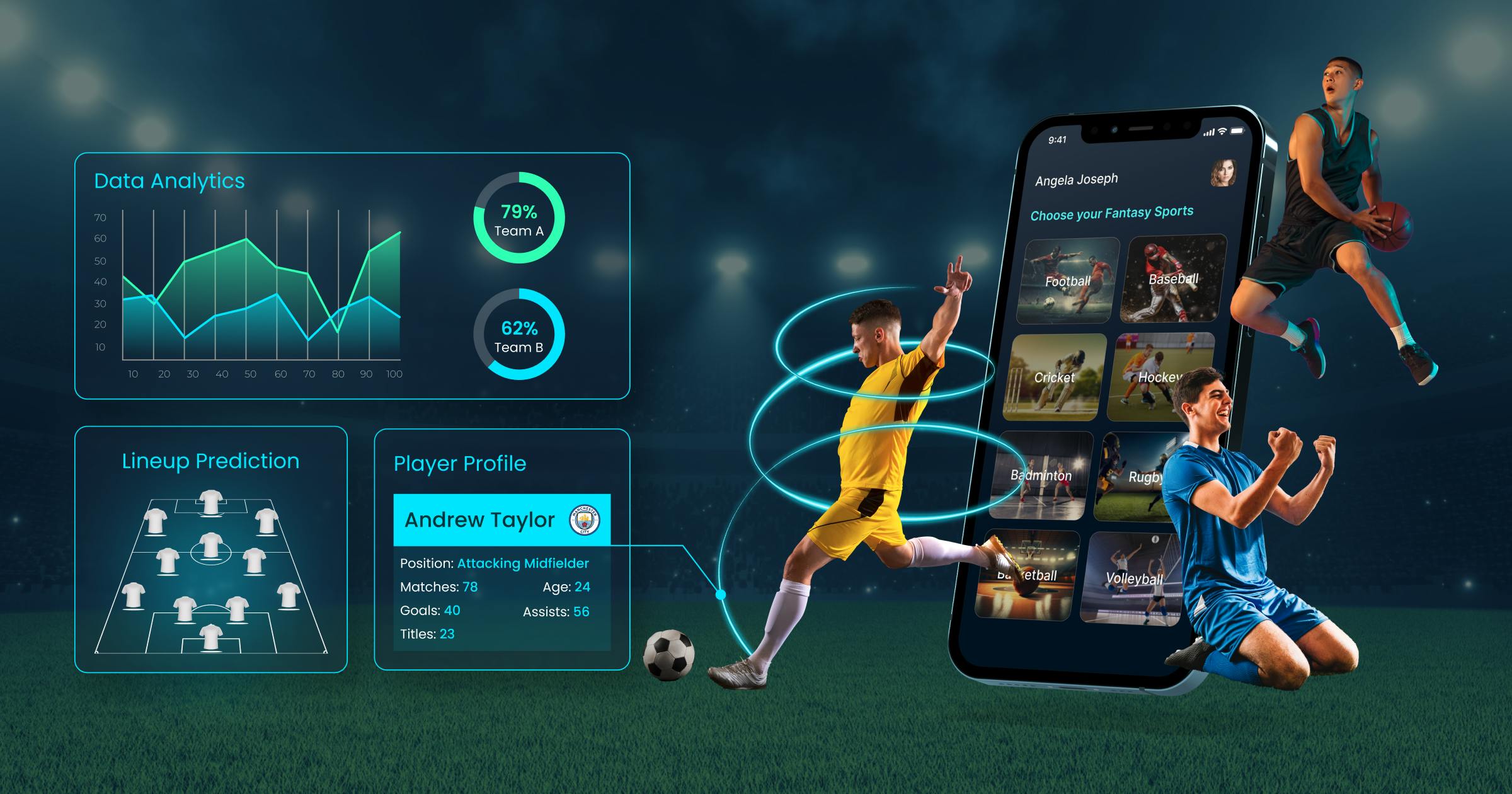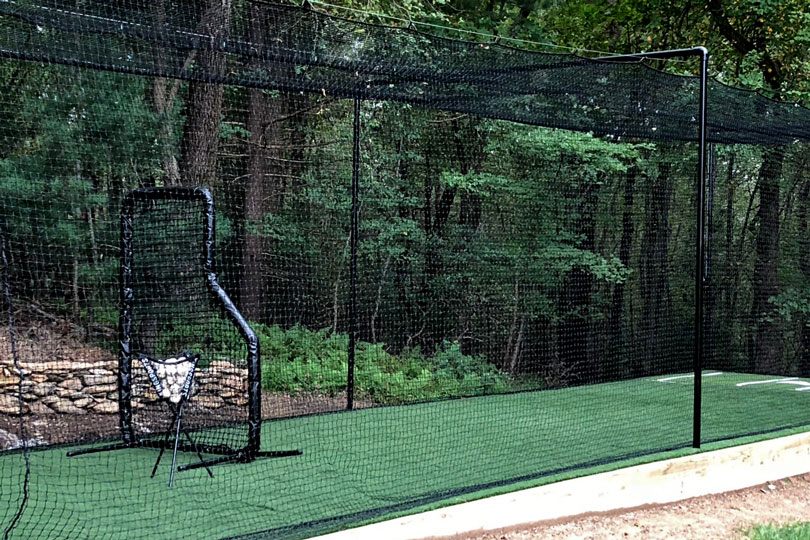How To Implement AI in Fantasy Premier League App Development in 2025?

The English Premier League is the nation’s most popular competition and the third most popular competition worldwide, according to a report by the Sportspro. As such, it is a major visibility and engagement booster for fantasy sports businesses striving to cater to global football fans. However, the ever-growing user needs, stiff competition with endless FPL solutions, and the need to build long-term user loyalty have made AI fantasy football app solutions a no-brainer for businesses in 2025. AI helps users make better decisions while picking teams, equips them with real-time data, and helps them become better team managers.
This blog will help you with a step-by-step guide to build an AI-powered fantasy Premier League app in 2025.
How To Build A Fantasy Premier League App With AI?
Discussed below is the step-by-step guide to implement AI in fantasy Premier League app development to maximize engagement and revenue potential this 2025 season:
Step 1: Market Research and Initial Concept
An AI-powered fantasy football strategy begins by thoroughly understanding the existing market alternatives, user needs, and pain points that prevent them from enjoying the core fantasy gaming experience. The top priority at this stage is to get clarity on the use cases for which you want to implement AI for improving users’ ability for smarter picks, team selections, and enhance their gameplay experience. It is useful to see existing fantasy football apps, such as Yahoo or ESPN, and evaluate where they are good or lacking. Your initial conceptualization for your fantasy premier league app will help you identify core features, functionality, and the USP for your business.
Step 2: Choosing The Tech Stack For The Fantasy Premier League App
The pre-requisites for a high-performing FPL app include real-time data for improved insights and reduced cognitive load, cross-platform or device compatibility for consistent user experiences, robust backends for a strong system foundation, and efficient data handling considering the high volume of dynamic match data for the league. At this stage, it is important to choose a tech stack that comprehensively supports these requirements and offers users top performance during peak load periods, including all components like frontend, backend, databases, APIs, and hosting.
Step 3: Data Processing
This is a pivotal aspect of fantasy premier league app development as the availability of accurate data determines its performance and user experience. At this stage, the priority is to identify reliable fantasy premier APIs that offer comprehensive and up-to-date match data to eliminate the need to aggregate it from scratch, gathering trends by combining historical and current data, managing missing values, using feature scaling for standardization and accuracy, preventing the ML model to use information external to the training dataset, eliminating duplicate data, and updating the model with the latest modifications. These nuances help businesses offer accurate performance and scale seamlessly with growing demand.
Step 4: AI Model Development
Whether you are looking for AI football score prediction or injury risk classification, choosing the right model type for each goal is necessary. Neural Networks, Linear Regression, and Random Forest are among the popular model types catering to specific purposes. At this stage, evaluating the model using specific metrics for classification and regression, and avoiding overfitting with cross evaluation is essential for optimal performance. Finally, businesses must ensure model settings optimization, testing the model for real-world performance with unseen data, and tracking its performance regularly for continuous improvements.
Step 5: UI/UX Design
Successful FPL AI team selection depends greatly on your app’s UI/UX design. The design should enable users to fulfill their goals of using the app and eliminate all hassles that impede their access for smooth progress. Mobile-first and intuitive designs are a given, but what helps your AI FPL stand out is how it enables users to pick smarter, build better teams, and enhances their capability to compete. Helpful elements include the addition of a simulator for “what-if” scenarios, a well-organized dashboard for AI-powered insights, and tailored user journeys simplifying the journey of transforming passive spectators into active team managers.
Step 6: Output Management
A credible fantasy football app builder will help you convert your output into a format required for the frontend. For this, some pre-requisites are necessary, such as implementing trigger alerts for player form or injury updates, and running predictions periodically to evaluate accuracy.
Step 7: Testing and Quality Assurance
Comprehensively testing an AI-driven fantasy app is crucial to identify performance compromises before launch. It is considered best to test a fantasy premier league app against all possible scenarios to identify flaws, unit test the endpoints of all AI models for foundational accuracy, and leverage beta tests with a small group of real users to see how the app performs in the real world.
Step 8: Launch and Post Deployment Maintenance
With comprehensive tests conducted and tailored monetization strategies in place, your AI fantasy football app is ready for launch. With the necessary licenses for each app marketplace and country-specific regulations, you can launch your app on the Play Store and App Store in alignment with their policies. Post its launch, the app is monitored closely against key metrics for improving its future performance and aligning with the latest technological updates.
What Is The Time and Cost To Build AI Fantasy Football App?
The kind of app you develop determines the cost and time required to build it. A white-label FPL platform or a ready-made solution is an off-the-shelf solution that you can rebrand as per your needs. These solutions are ready to go to market within 7-14 days (provided the necessary licenses are in place) and cost approximately $5k-$15k per sport. Custom fantasy premier league app development costs start at $15k and go up $100k, depending on your exact requirements, tech stack, customization, complexity, feature set, and time to market.


